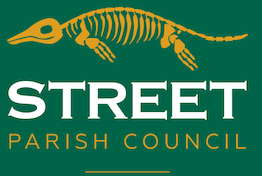Somerset Council has been appointed and funded by Defra to lead the Local Nature Recovery Strategy (LNRS) for Somerset.
The LNRS is about creating a blueprint for the recovery of nature across the country.
Working with partners we are developing Somerset’s LNRS strategy, it will help focus the work for a full range of organisations and groups, involved and invested in nature recovery in the county.
To help shape the strategy, Somerset Council are looking for local knowledge from those who live and work here and have launched a public consultation which is open until 30 April.
People can take part by visiting www.somerset.gov.uk/lnrs or scanning the QR code on the attached poster.
How you can help:
- Take part in the consultation, share your views on how and where nature matters to you.
- Share this poster in any suitable locations, or even your workplace.
- Share the poster digitally: Post it on social media, email it to friends, or add it to your website. Let’s create a buzz!
- Share @somersetcouncil LNRS social media posts on your own social media pages.
Key messages:
- Have your say – your voice matters, whether you live in a rural or urban setting.
- Your views will be a starting point in understanding the nature in our county and what is most important to you.
- Somerset’s nature and landscapes are something special and this is about enhancing and protecting it for the long-term.
- Nature is important on all kinds of levels, whether it is for food production, carbon storage, or the benefits it brings for physical and mental health.
- Watch this film about the Somerset LNRS
Keep up to date with the LNRS.
- Visit the website. somerset.gov.uk/lnrs
- Sign up for our monthly climate e-newsletter SEEN. (Visit somerset.gov.uk and search climate newsletter.)
Key stats and facts
The Somerset State of Nature Report demonstrates that we need to do much more to reverse the decline in nature and help Somerset’s wildlife to thrive.
Key findings include:
- Somerset has lost over 5% of its total grassland habitats.
- Butterfly distribution has declined by over 330 square miles over 30 years
- Lapwing records have declined to worrying levels.
- The number of ‘Good’ quality rivers in Somerset has decreased.
- Non-native invasive species cover has increased by 260%.
- Somerset’s 45-mile coastline, and the species that call it home, were found to be under threat.
- 198 LNRS poster Digital FINAL

